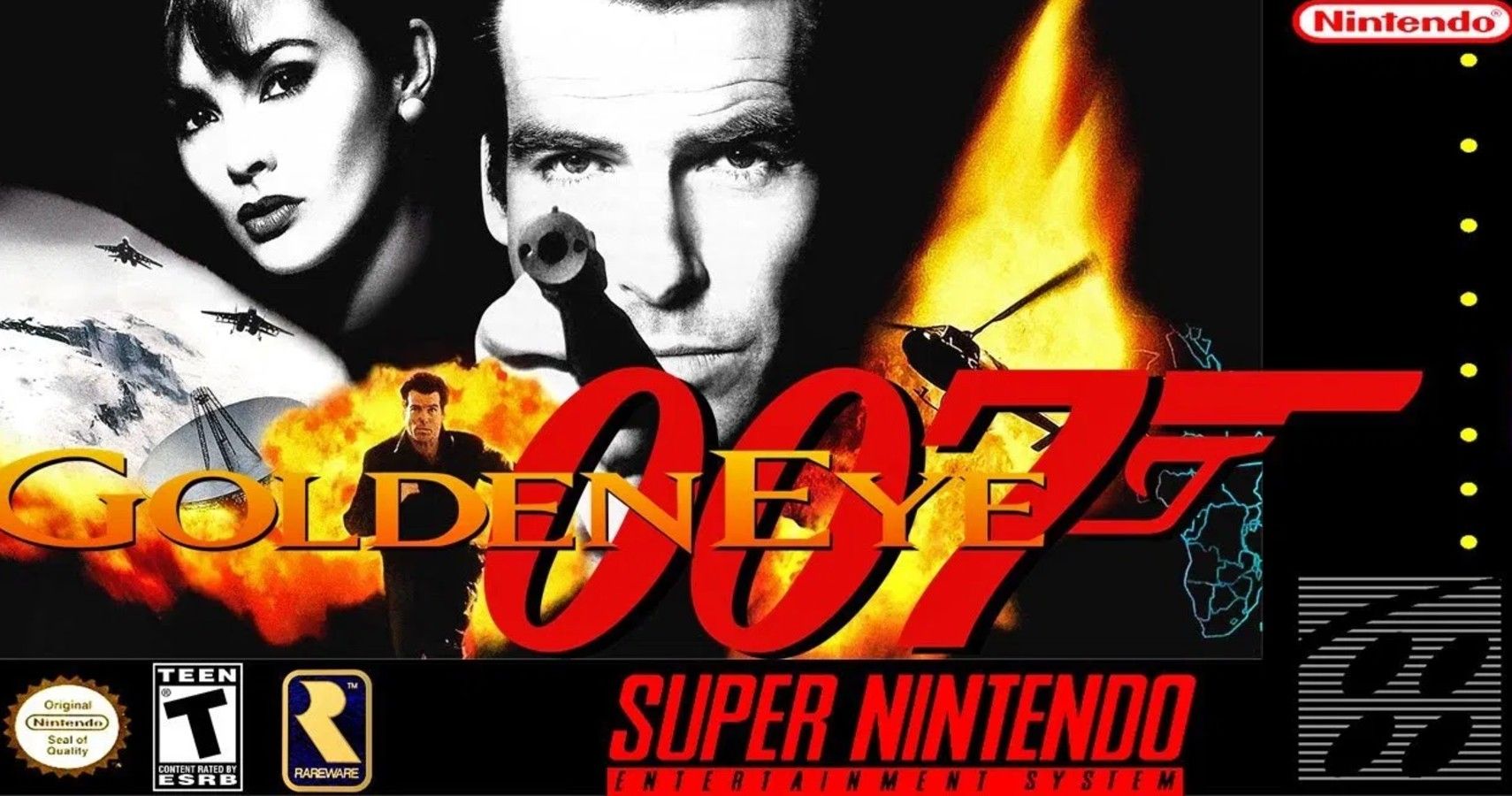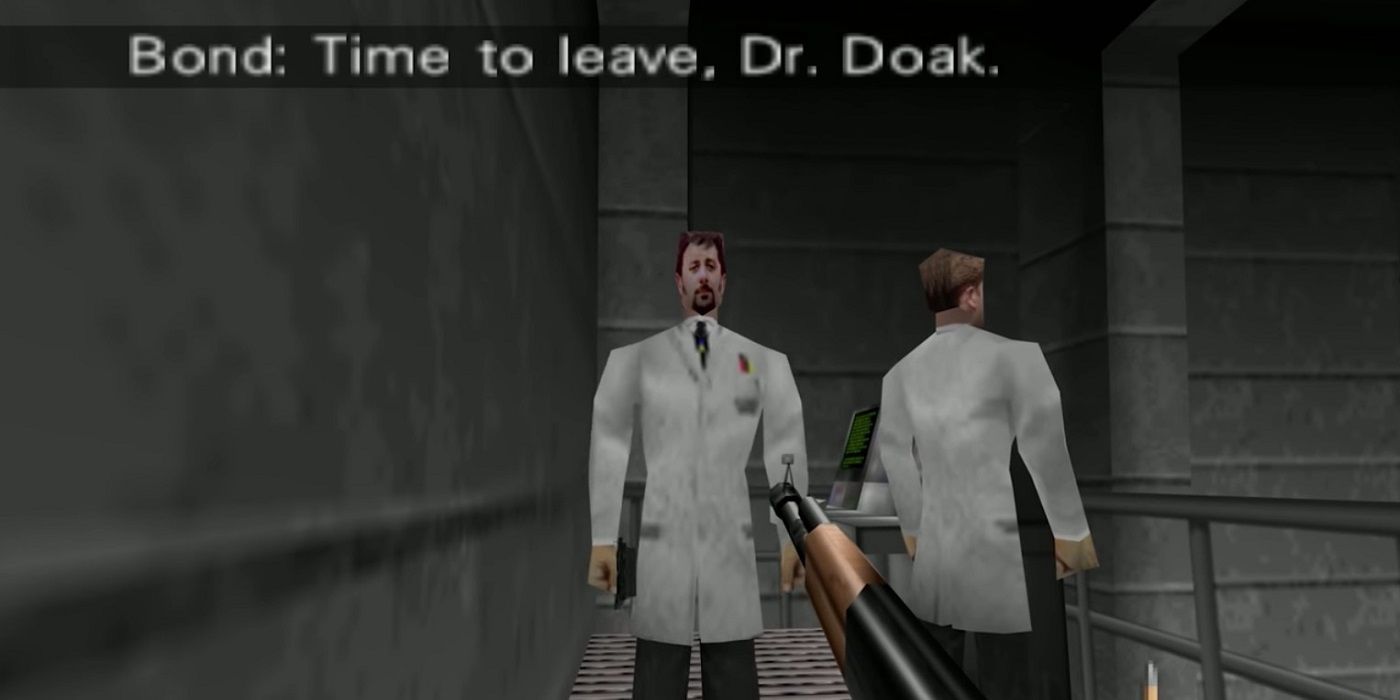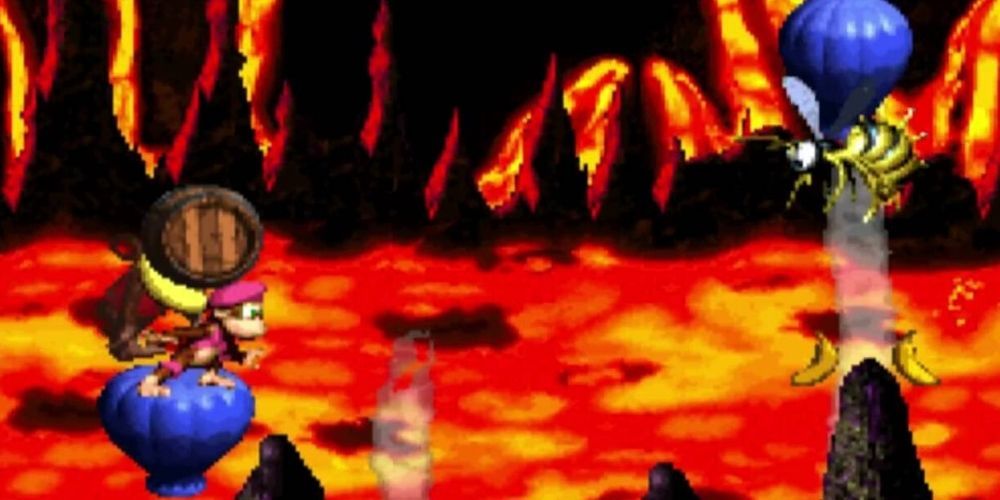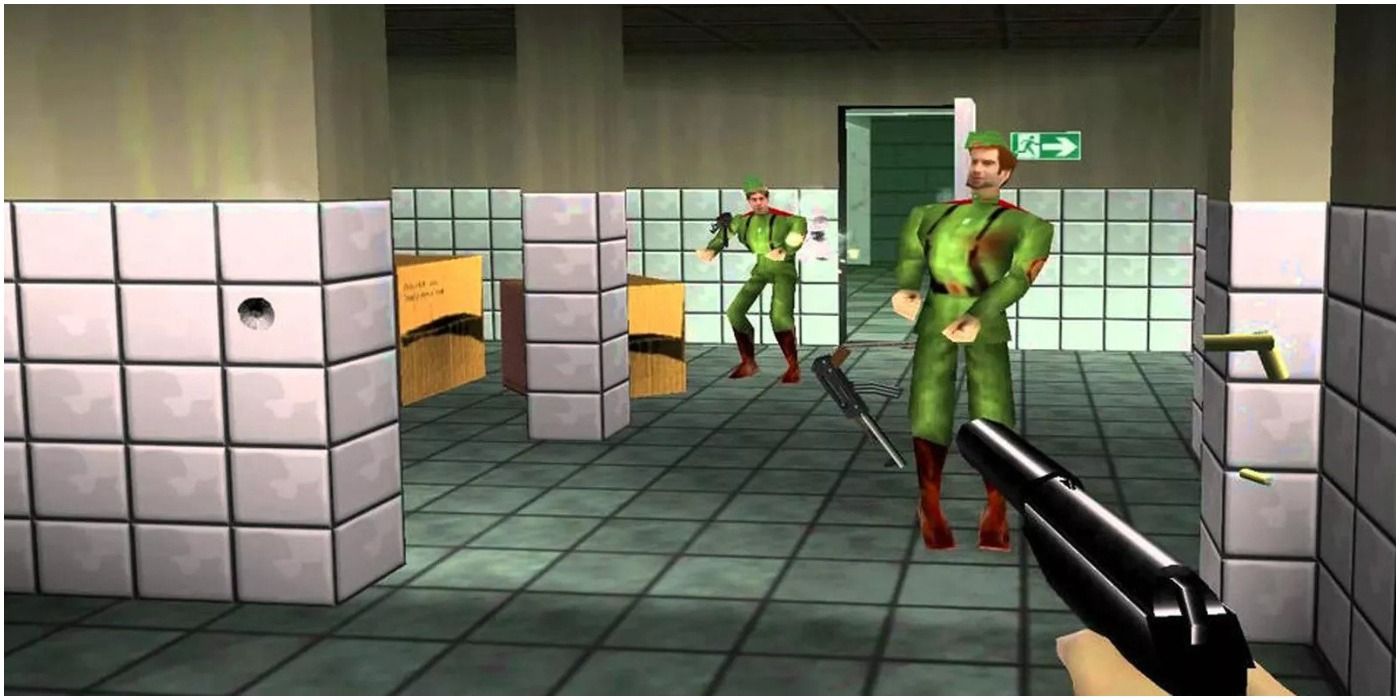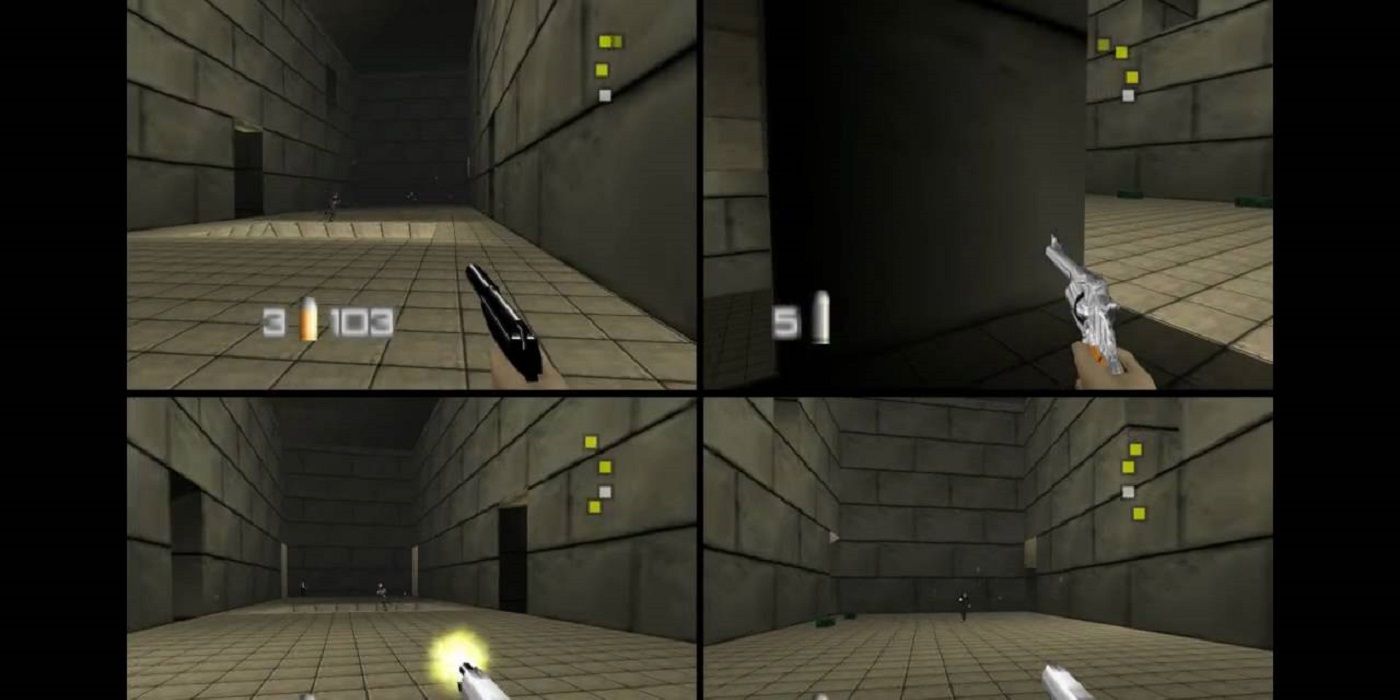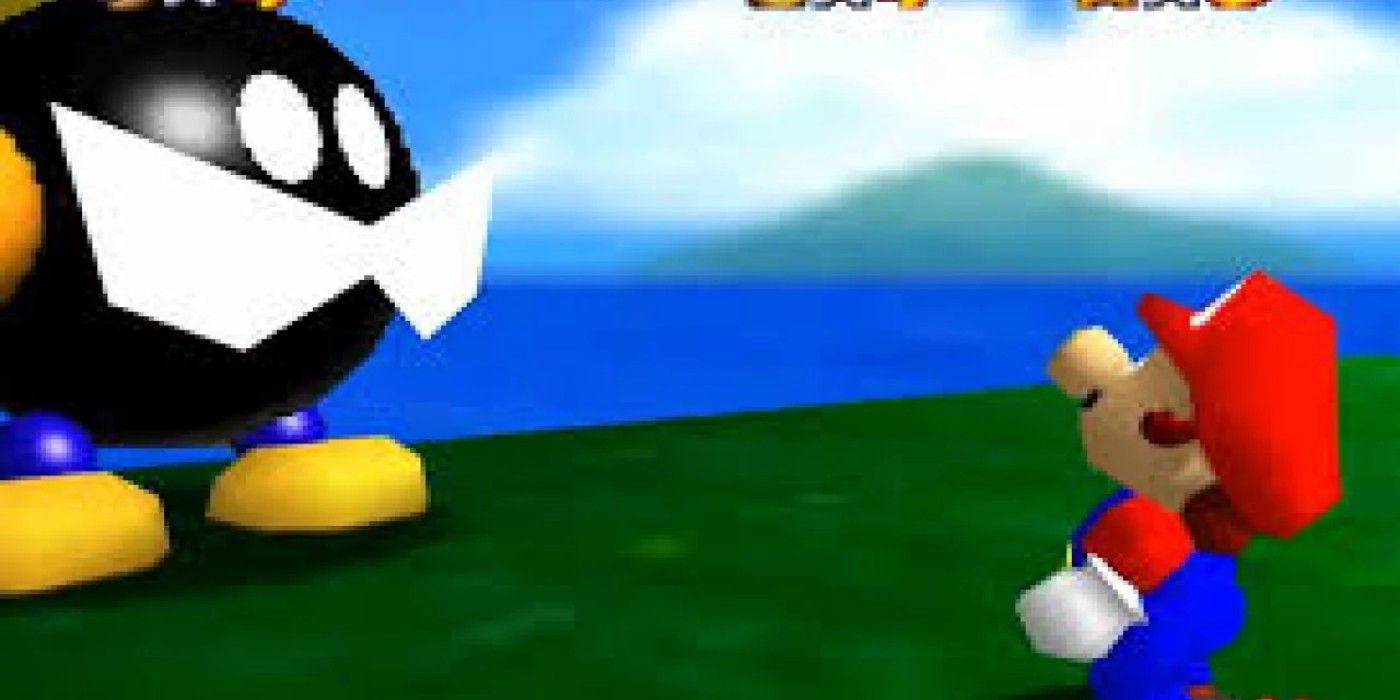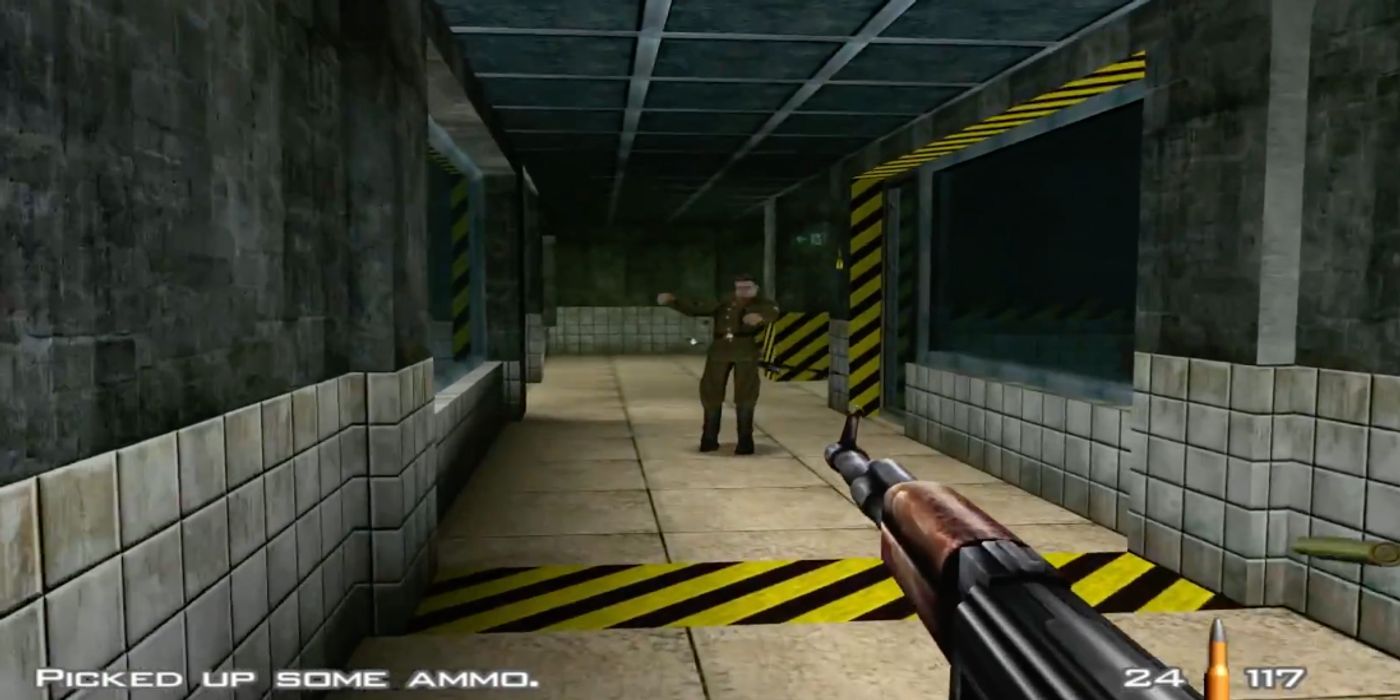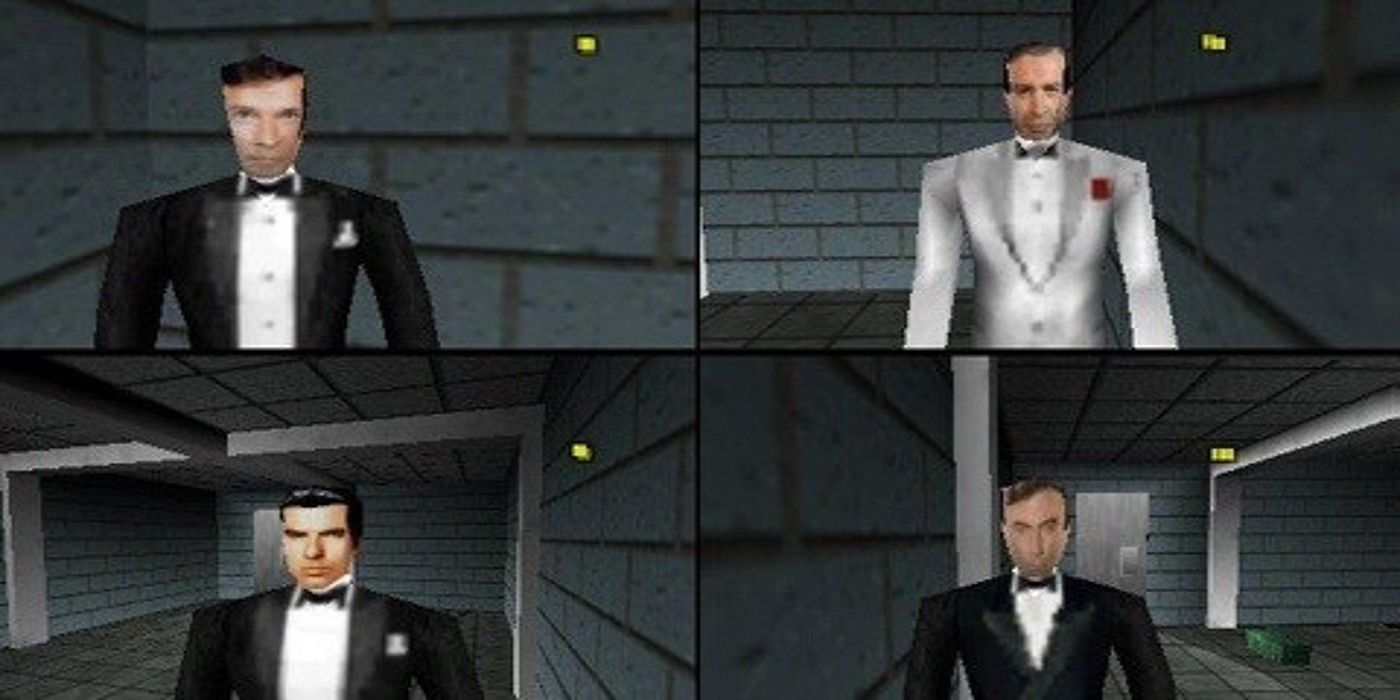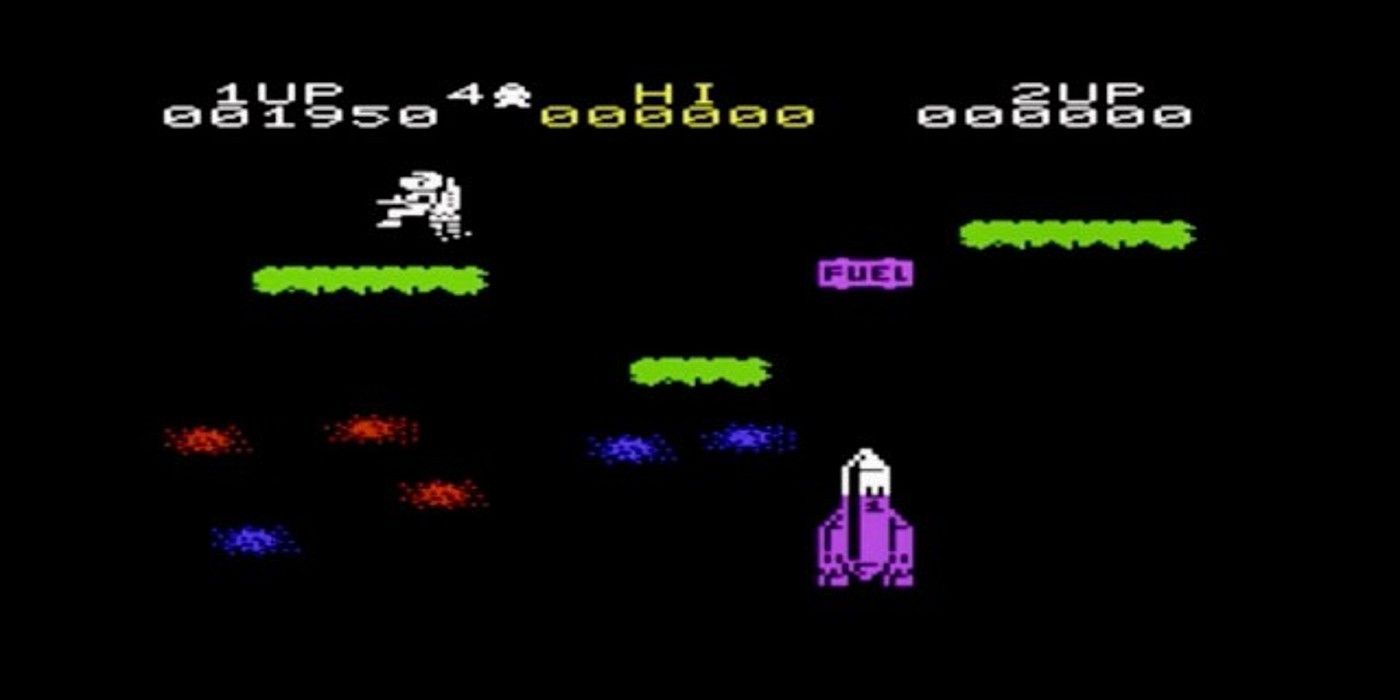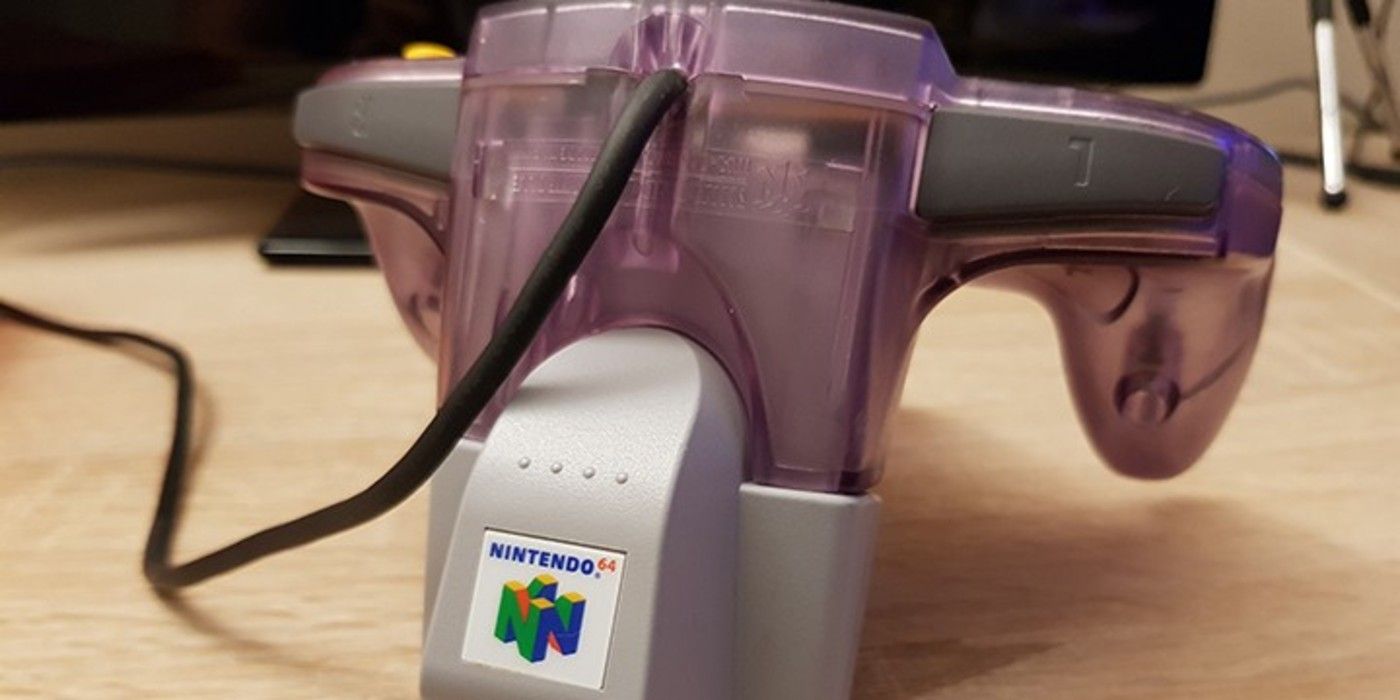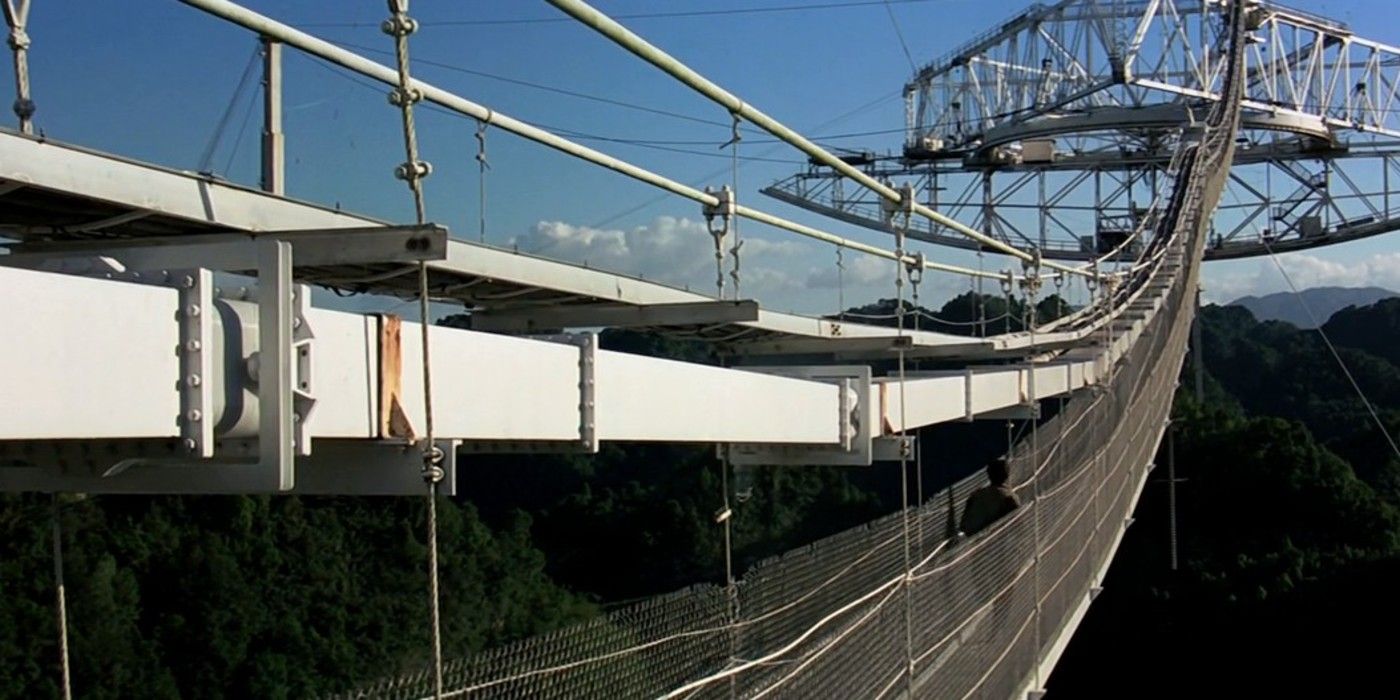There are few FPS games as iconic and game-changing as Rare's GoldenEye 007. Certainly when it comes to console shooters, it remains in the conversation with the likes of Halo when it comes to quality, character, and influential traits. Even after over two decades, this game shines as a gold standard in 3D shooters, and one of the strongest film adaptations to hit the gaming scene.
Given the iconic and groundbreaking nature of this memorable Bond romp, it shouldn't be surprising that many fascinating facts, trivia, and details surround its development. Here are 10 things fans of the beloved game never knew about its creation and inception.
10 The Production Team Was Originally Comprised Of 3 People
Believe it or not, one of the best 3D console shooters to date was crafted by a mere three-person development team in the early phases. Eventually, an additional eight were brought in to work on various other aspects and fill in the details. The initial core team consisted of a trio of designers hired by director Martin Hollis. Thes include programmer Mark Edmonds, background artist Karl Hilton, and character artist B. Jones.
Designer Duncan Botwood would be brought on in the following months to construct the levels, before the remaining designers were brought in to assist on the project. One addition was designer and writer David Doak, who can be seen in the memorable Faculty stage.
9 It Was Originally Pitched As A 2D Side-Scroller
Following the success of Donkey Kong Country, Rare had initially conceptualized GoldenEye as a 2D sidescrolling platformer in a similar vein. This may be surprising now, but given the uncertainty of the then-new N64, and the relative inexperience of the developers - it makes sense.
Even when the decision to enter the 3D realm was made, the studio had thoughts of crafting at least part of the game as an on-rails shooter. They ultimately decided that the emphasis of player freedom was the way to go - a decision that was no doubt the right one.
8 Levels Were Crafted Without Objectives In Mind
Despite the fun and innovative nature of the game's campaign mode, some have noted a feeling of randomness or disjointedness with the level design at times. Certain environments feature areas or rooms off the beaten path that seemingly serve no function aside from set design. As it happens, there's a reason for this, and it stems from the design and development itself.
The mapping out and construction of the stages were actually put together well before the conceptualization of stage objectives. This led to a relative lack of cohesion with some stages and their objectives. Still, many have regarded the resulting design as feeling more organic and non-linear as well.
7 Multiplayer Was A Late Inclusion
Ironically, GoldenEye's most appealing feature - its enjoyable multiplayer - was largely an afterthought in the development process. It was really only put together in the game's final phases of development, and almost wasn't included at all.
Programmer Steve Ellies, who also handled the game's amusing array of cheat options, was mainly responsible for crafting and playtesting this mode. It's a good thing Rare ultimately did go with this, as it's a major source of the game's replayability and posterity.
6 It Was Inspired By Unexpected Things
It shouldn't be surprising that similarly-iconic FPS's like Doom served as an influence for GoldenEye, and it was indeed a source of inspiration. Yet, the more kid-friendly Super Mario 64 was also a key influence, namely when it comes to the system of multiple objectives in each stage.
In addition, the on-rails shooter Virtua Cop was a prominent influence. This largely can be seen in GoldenEye's manual aiming system, reloading, and penalties for killing innocent characters. Finally, John Woo films like Hard Boiled served as an inspiration when it came to the game's visual effects and kinetic moments - explosions, cartridge ejections, etc.
5 Enemies Can't See Through Windows
The AI in GoldenEye can tend to seem questionable at times, to say the least. This can be particularly apparent when fighting through areas with windows. If it seems like enemies are particularly oblivious when seeing them through windows, there's a reason for this, and it's programmed into the game.
In fact, windows in GoldenEye were specifically programmed so that enemies can't see the player through them, even when the player can see them. This is meant to aid in the effort and feel of covertly spying on enemies - which Bond is certainly known to do.
4 Multiple Bond Actors Were Almost Included In Multiplayer
One of the more amusing aspects of the multiplayer is the ability to play as different characters and Bond villains spanning various films. There's a certain joy to running around the Facility as Jaws whilst facing off against Oddjob. This character selection list was almost even more robust and interesting, however.
In the development stages of the game, the multiplayer mode was actually set to have character options modeled off Bond portrayals played by different actors. Unfortunately for oldschool Bond buffs, this was scrapped because Sean Connery had never granted permission for Rare to use his likeness in the game.
3 There's A Deactivated Rare Emulator Inside The Game
As it turns out, the GoldenEye cartridge is even more packed full of content than most fans are aware of. Each cart of the game reportedly contains a fully-functional emulator featuring ten Rare-developed games, known as the "ZX Spectrum." This includes old Rare classics such as 1983's Jetpac and 1985's Gunfright.
This was intended as a sort of experimental side project by the studio, but was deactivated in the final build of the game. However, it was eventually unearthed thanks to fan-made patches, which can be triggered using an N64 emulator.
2 Reloading Almost Required Rumble Pak Insertion
Both Nintendo and Rare have been known for pushing boundaries with game-related innovations; certainly during the 90s. Given the ambitious pedigree of the British studio, it shouldn't be too surprising that they were exploring unique control methods with GoldenEye. Yet, few could imagine just how obscure and distinct one of their initial concepts was.
At one point, Rare had thoughts towards implementing a realistic-feeling reload by way of making the player actually re-insert the Rumble Pak into the controller. It would certainly have helped emulate the experience - though probably would have been quite annoying and cumbersome longterm.
1 A Ton Of Research Was Put Into Replicating The Movie's Visuals
Rare's dedication to quality and authenticity was clear in the '90s, and it shines through in their breakout N64 hit. Basically, there's a reason GoldenEye feels so much like the film and why it's still regarded as one of the best film-to-game adaptations to this day.
The team had actually visited the studios of Eon Productions and MGM on multiple occasions. The goal was to collect photographs and blueprints of the sets, which would be used as the framework for their level design and development. Of course, extra details were filled in and creative liberties were taken in most cases. Still, these blueprints were heavily adhered to for the basic structure of the levels, and the effort clearly paid off.

